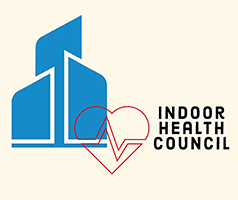ATP Uncovered – A Q&A With Robert W. Powitz, PhD
Q: How has ATP-measurement technology progressed, and what relevance does it have to cleaning for healthier indoor spaces?
A: The many technological advancements to the luminometer and the stability of the reactive enzymes and swabbing system have made ATP monitoring systems universally available, practical, and quite affordable.
Q: What does an ATP monitor measure and why is that important?
A: It detects materials of plant and animal origin, including bacteria and fungi. Since ATP detects “everything” so-to-speak, it measures organic soil or “dirt”, aka “bio-pollution”. While bacteria and fungi make up part of the ATP detected, there isn’t always a strong correlation between total ATP measured and that which is contained in viable microbes. This study suggests that there is at times a more direct correlation.
Q: As an important goal of cleaning is to make surfaces not only appear but also be more hygienic, how does ATP help?
A: ATP monitoring has become increasingly indispensable as a quality control tool. Most of us in the professional sanitarian field would not or could not do without it, as it reveals in a meaningful way the answer to the question, “how clean is clean?”.
Q: What is the most important fact professionals should know about ATP measurement?
A: Standardize sampling methods: 1-Develop a standardized sampling method using a simple template and train all workers until they all sample surfaces the same way and using the same pattern on each surface, and 2-Practice with fresh grape juice (using cut grapes) until everyone gets comparable results in identically “soiled” [with the fresh grape squeezings] spots.
Why? When we were initially introduced to the ATP monitoring system, we used it to provide objective and rapid comparisons between cleaning methodologies. To do this, we used grape juice that contained no viable organisms on the test surfaces as a surrogate for ‘heavy’ contamination. At that point, we realized that ATP monitoring was better described as a segue between evaluating visual cleanliness and actual microbiological surface testing. Thus, its utility was to serve as a guide for further action. It was ideal in developing “before” and “after” trending and establishing target patterns for cleaning applications.
Q: Is there an ATP standard for cleanliness?
A: There are no ATP standards for cleanliness. It is best used as a marker for before and after cleaning effectiveness.
Repeated uniform monitoring with ATP will ultimately provide a usable history of contamination and a guide for its remediation through better cleaning.
IHC: Thank you, Dr. Powitz.
Dr. Powitz: My pleasure.




